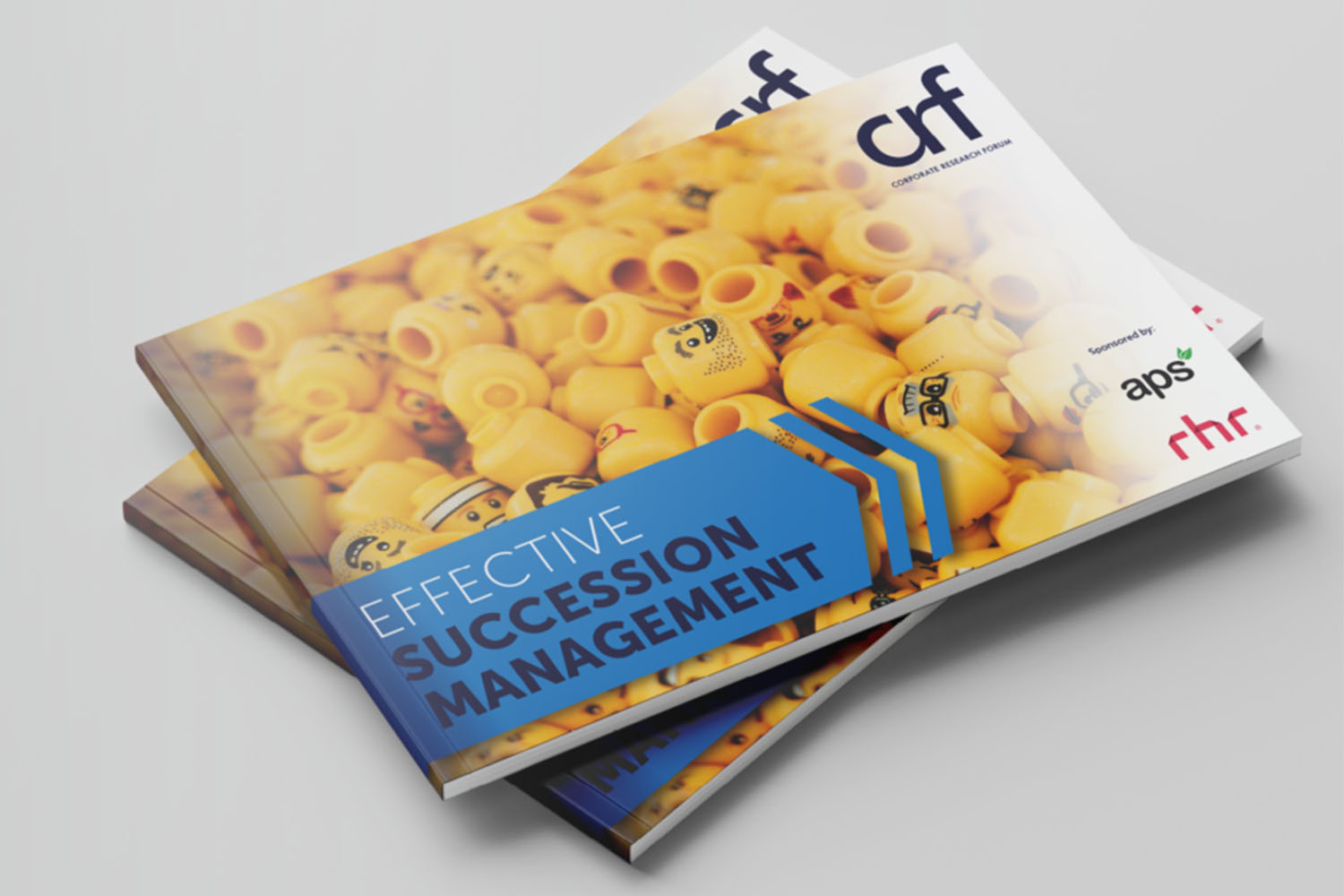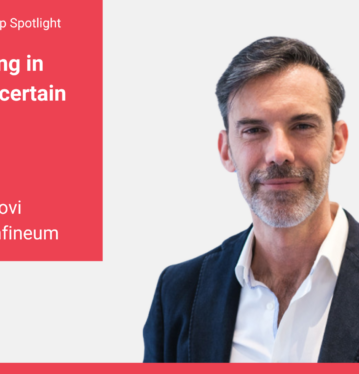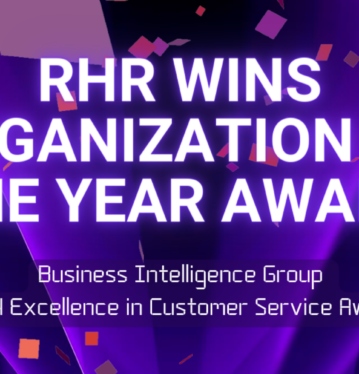Succession Management: Part of the Business Continuity Jigsaw Puzzle

Succession management is business continuity planning for talent. But while 90% of HR leaders agree that succession management can be a source for competitive advantage, only 32% of them believe this is the case for their business. As our research with the Corporate Research Forum (CRF) highlights, there are common pitfalls to avoid and some guiding principles that will help HR leaders get to this piece of the jigsaw puzzle right.
The common questions from HR leaders, which we get asked, suggest they are in search of better answers to their succession challenges:
- What’s the right ratio of external to internal hires?
- What’s better? a four-box, a nine-box, or no boxes?
- How open should we be with our plans?
While these are valid and interesting questions, the answer to most of these is: “It depends.” The problem is, in talent conversations even at a senior level, leaders get stuck in the process instead of focusing on the future.
Common pitfalls we have seen, include:
- Box ticking rather than really challenging the organization’s thinking about what capabilities will be needed in the future.
- Planning for roles that exist today instead of identifying those critical roles that will emerge.
- Placing too much emphasis on identifying successors at the expense of their development.
- Relying heavily on the passage of time and incidental experience. Someone won’t be “ready in two years” if they aren’t offered development opportunities in the meantime.
As a result, we often hear succession plans have been disregarded when leadership appointments are made; or, people who had been identified as “ready in two to three years” never get any closer to being ready. When succession practices focus on risk mitigation, skills, and conservation of knowledge instead of identifying the capabilities required for future success, they fall short.
“If you keep filling roles with a safe pair of hands or a trusted partner who fits our model today but isn’t where you need to go, you won’t have any places to play with change and bring in different thinkers. Then, when you do take a risk on someone new, the failure rate is really high because the organizational appetite never matches the organizational interest.”
JESSICA FOSTER, PRESIDENT, RHR INTERNATIONAL
As we have shared in CRF’s new report, Effective Succession Management, while there are no easy answers, we can offer some guiding principles to encourage more future-focused thinking:
- Prioritize flexibility over rigid processes. While a certain degree of structure is needed to ensure rigor and fairness, it is easy to get lost in tasks and lose sight of the core purpose. Setting strong principles, educating leaders on good decision-making, and nurturing honest dialogue are more valuable than any chart or plan.
- Focus on what matters most. When the problems seem numerous, go to what’s most important. What top three priorities is the CEO driving? And, what function will talent play in the CEO’s success? Which roles drive most of our value, growth, and risk? What capabilities are most competitive in the market right now?
- Leverage collective wisdom. As assessment experts, we sometimes quip that if people just say what they think, there would be much less demand for our services. Reality can be hard to see when looking down from the top, but the organization knows. If you ask the right questions, your people will tell you—what they need, who inspires them, and who is having the most impact.
- Embrace creativity and targeted risk-taking. In talent as in business, experimentation is the solution to an uncertain future. Test, learn, and adapt to see what works for your organization. Create an environment in which it’s safe for others to take risks on their people and their own careers.
Succession management should be a dynamic process of change and serve as a valuable part of the jigsaw puzzle of business continuity.
Download the full report.
RHR was delighted to partner with the CRF on its Effective Succession Management report. Featuring insights from RHR’s President, Jessica Foster, as well as research, key trends, expert analysis, and recommendations, the report evaluates the current state of succession management and provides tips on how to optimize your approach. Download your copy here.











